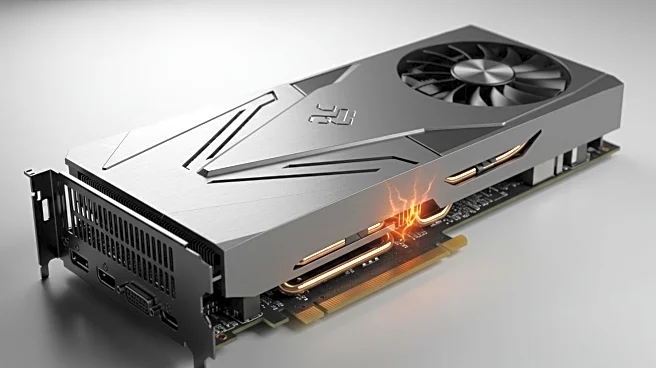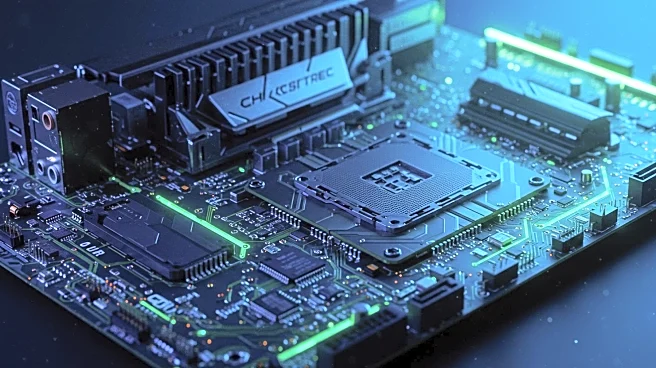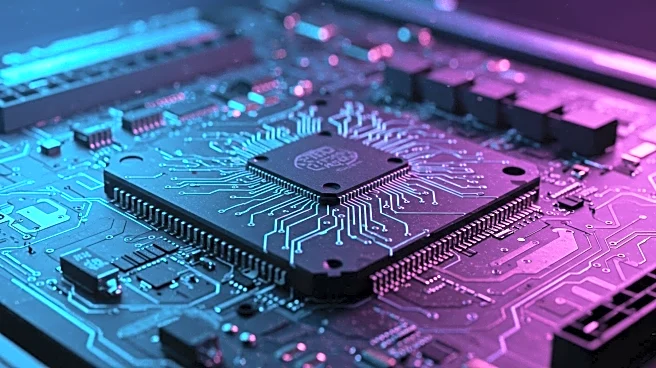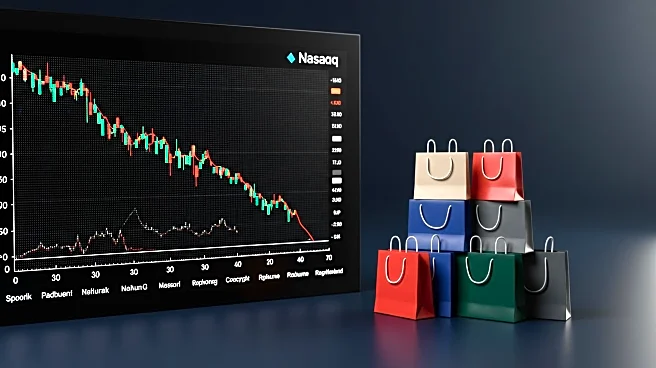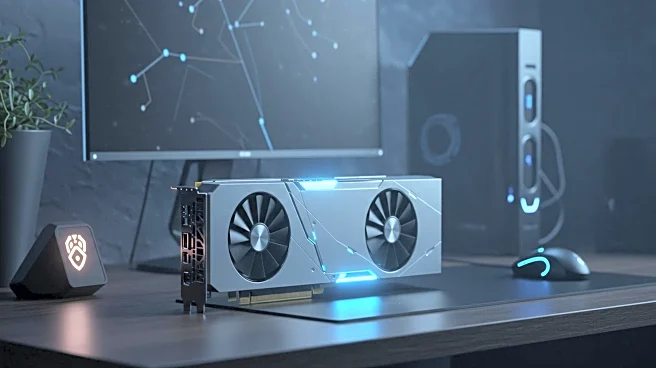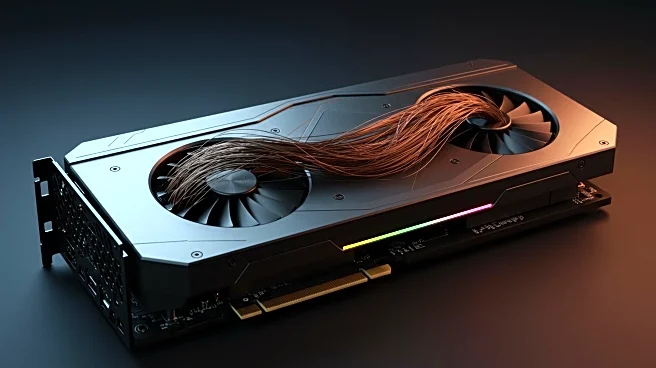What's Happening?
A recent incident involving the AMD RX 9070 XT graphics card has raised concerns after a user reported a melted 16-pin power connector. The card in question, an ASRock Taichi OC model, uses the 12V-2x6 connector, which is different from the multiple 8-pin models typically used by other RX 9070 XTs. The user, identified as Savings_Opportunity3 on Reddit, noticed darkened pins on the card's cable connector before confirming significant melting. The user was using a 3x8 pin adapter cable on its fourth mating cycle, which may have contributed to the issue. Additionally, the user employed a 700 W power supply unit (PSU), while AMD recommends at least a 750 W unit for this model. This has led to speculation that the PSU might be a factor, although typically, an under-specced PSU would cut off power rather than cause melting.
Why It's Important?
This incident is significant as it echoes past issues with power connectors, notably the 'meltgate' involving Nvidia cards. It highlights potential risks associated with using third-party adapter cables and underpowered PSUs, which can lead to improper seating and increased current draw. For consumers and DIY builders, this serves as a cautionary tale to ensure proper installation and compatibility of components to avoid damage. The event underscores the importance of adhering to manufacturer recommendations for power supply specifications to prevent hardware failures.
What's Next?
The incident may prompt AMD and other manufacturers to review their connector designs and issue advisories to users regarding proper installation practices. Consumers might see increased emphasis on using recommended PSUs and avoiding third-party cables. This could lead to more stringent guidelines and possibly new designs to prevent similar occurrences. Users are advised to double-check their connections and consider upgrading their PSUs to avoid potential issues.
Beyond the Headlines
The broader implications of this incident could affect consumer trust in AMD's hardware reliability, especially if similar cases arise. It may also influence the market for third-party components, as users become more cautious about compatibility and quality. Manufacturers might invest in developing more robust connectors and clearer installation instructions to mitigate risks.
